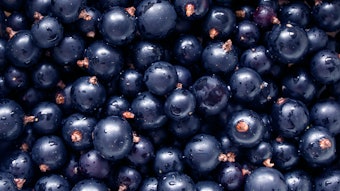
Fermented milk foods can be numbered among the most important contributors to human welfare. Lactating ruminants have always had economic importance and these animals were the first to be domesticated. Use of bacteria to induce souring and to enhance flavour of milk has (without the knowledge of the existence of bacteria) been practiced for centuries, but it is only in modern times that soured milks have been investigated and the souring attributed to bacterial growth. In 1890 Storch found that different milk-souring bacteria produced different aromas and flavours and Weigmann in 1896 suggested combining acid-producing bacteria with aroma-producing bacteria for use in ripening cream. Fine-flavoured butter with good keeping qualities resulted from cream ripened in this way. This work was later supported by Conn in 1900 who also attached importance to bacterial growth in the development of aroma in cultured products. He concluded that cream ripening involved more than souring, since addition of acid did not accomplish the same results as bacterial growth. He suggested that acid and flavour were the results of different fermentations and that aroma was separate from flavour.
Fermentation of milk is carried out by microorganisms which ferment the milk sugar, lactose, to lactic acid. This compound is responsible for the sharp refreshing taste of all fermented milks and although it is nonvolatile it serves as an excellent background for the more distinctive flavours and aromas characteristic of each fermented milk. These flavours and aromas are, as Weigmann suggested, a consequence of multistrain fermentations.










